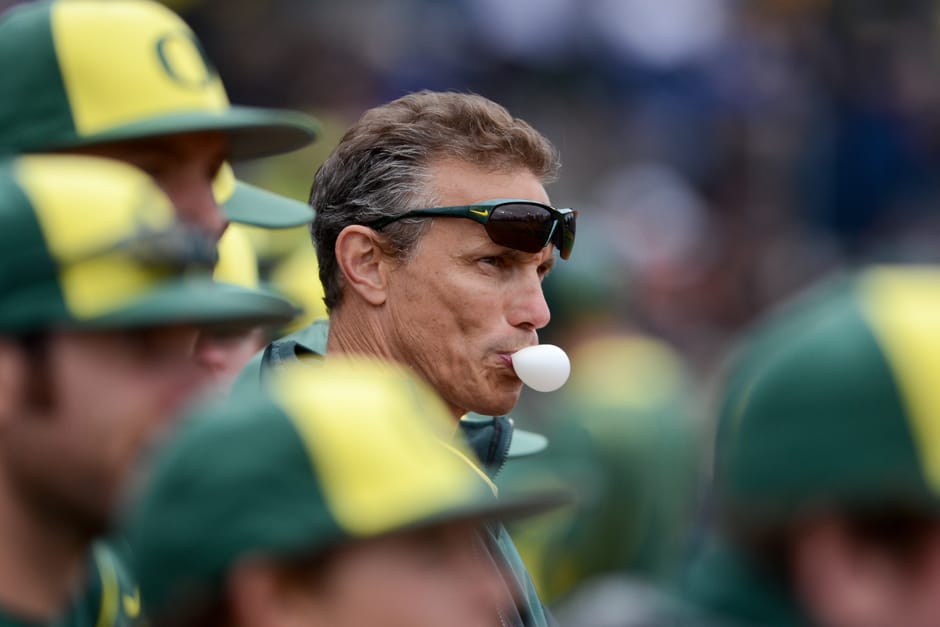
Hip Coordination for Power
I was fortunate enough a few weeks back to watch a presentation put on by Jim Ratcliffe. Obsessed with speed and acceleration, he has made Oregon athletes some of the fastest and most successful around. Quite possibly the most energetic and enthusiastic speaker I’ve ever heard, he’s also a great communicator. His doctrine: The hips are everything.
 |
| photo credit: dailyemerald.com |
Foundational Principles
Tommy Kono was the most successful American Olympic lifter in history. He believed that the hips were the power source of the entire body. Like a rock thrown into water, the more distal the body parts that radiated out, the less potential they have for power production.
*The hips connect to the pelvis. I can’t reiterate enough how important this guy is. No pelvic control means inefficient core function. The hips are dependent on these.
The most effective prepatory protocol that simultaneously trains all three qualities seems to be the snatch. Utilizing a lighter weight ensures speed and coordination are prioritized.“Force” is typically emphasized in the work that follows.
Drills/ Skills
Keep hips extended (forward) by maximizing lean.
(My videographer kept laughing hysterically at me during these. I tried to keep it serious.)
Knee Hugs, Froggers, Kicks to Hand
Tall head posture.
Foot should land under body, on the mid-foot.
Going barefoot seems to naturalize this position.
(I’m much too bouncy on at least two of the three — it’s a work in progress).
LATERAL BACKWARDS
Your hips should cross the start line first.
This one’s beautifully simple. From the hinge, the hips lead in the direction you want to go.
Push off BOTH feet.
TO REVIEW:
- Coordinated athletes get injured less
- The snatch requires a longer path of coordination than the clean, making it an ideal preparatory movement
- If the hips don’t move, you’re not getting anywhere fast
- If this hips don’t lead, you’re not exploding off the start as fast as you could
- Posture and core stiffness dictate whether you’ll be “the superball or the tomato” when imparting force into the ground





